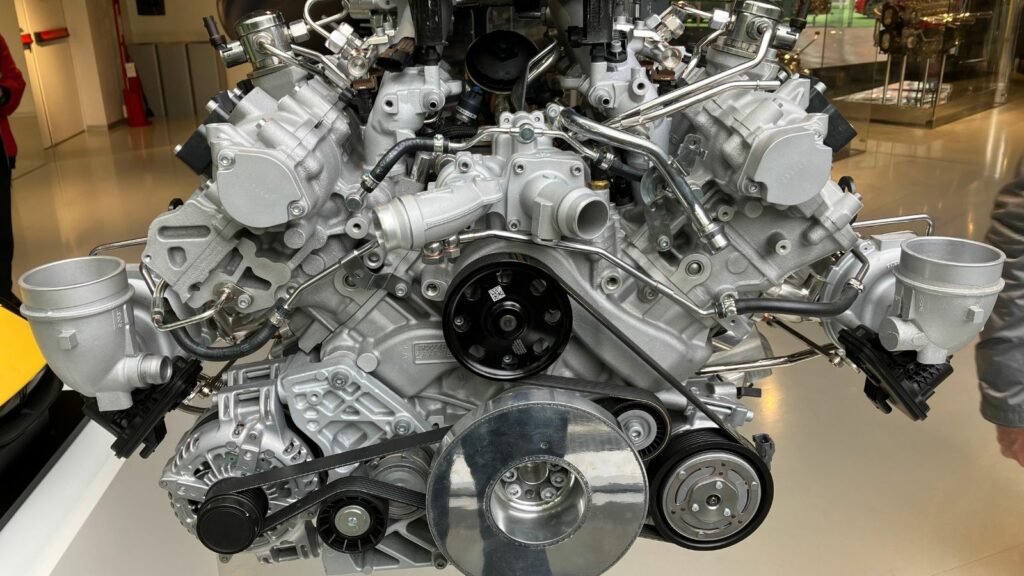The Chevrolet LS1 V8 became a legend the moment it debuted in the 1997 Corvette C5. With 5.7 liters of displacement and 345 horsepower in its earliest form, later rising to around 350 in the Camaro and Firebird, it set the tone for modern GM performance. For many enthusiasts, the LS1 represented a perfect balance of power, size, and tunability. But what often surprises people is that several production V6 engines have outgunned it straight from the factory. These engines proved that smaller, turbocharged, and more advanced six cylinder designs could rival or even surpass the LS1’s performance.
Nissan GT R VR38DETT
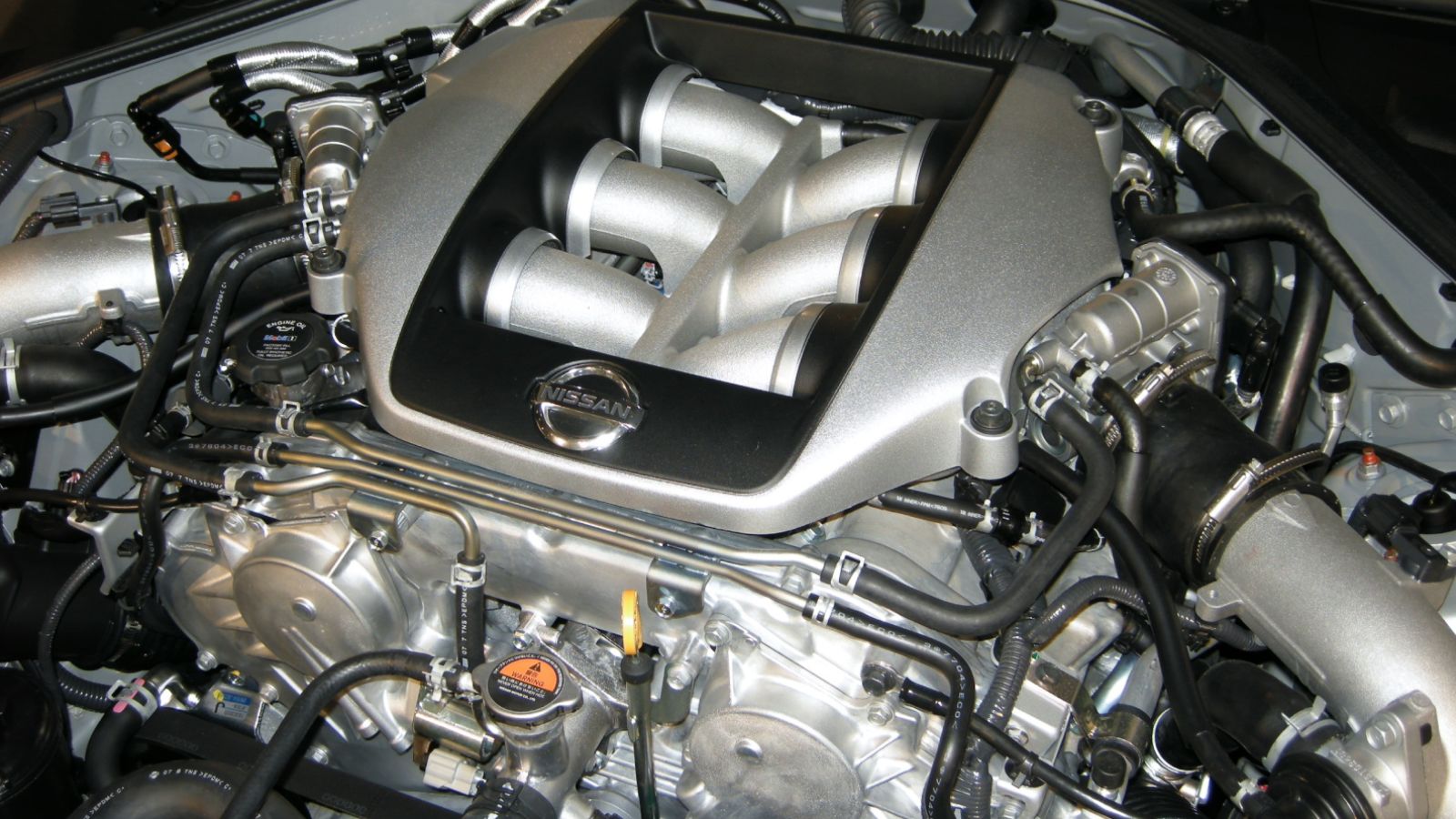
The R35 GT R arrived in 2007 with a 3.8 liter twin turbocharged V6, the VR38DETT. Initially rated at 480 horsepower, it immediately outperformed the LS1 and gave the GT R supercar levels of performance. Later versions pushed outputs to 545 horsepower, and the Nismo edition went as high as 600. Beyond its sheer power, the VR38 is highly tunable, with many examples reliably producing over 1,000 horsepower in aftermarket builds.
Ford GT 3.5 Liter EcoBoost
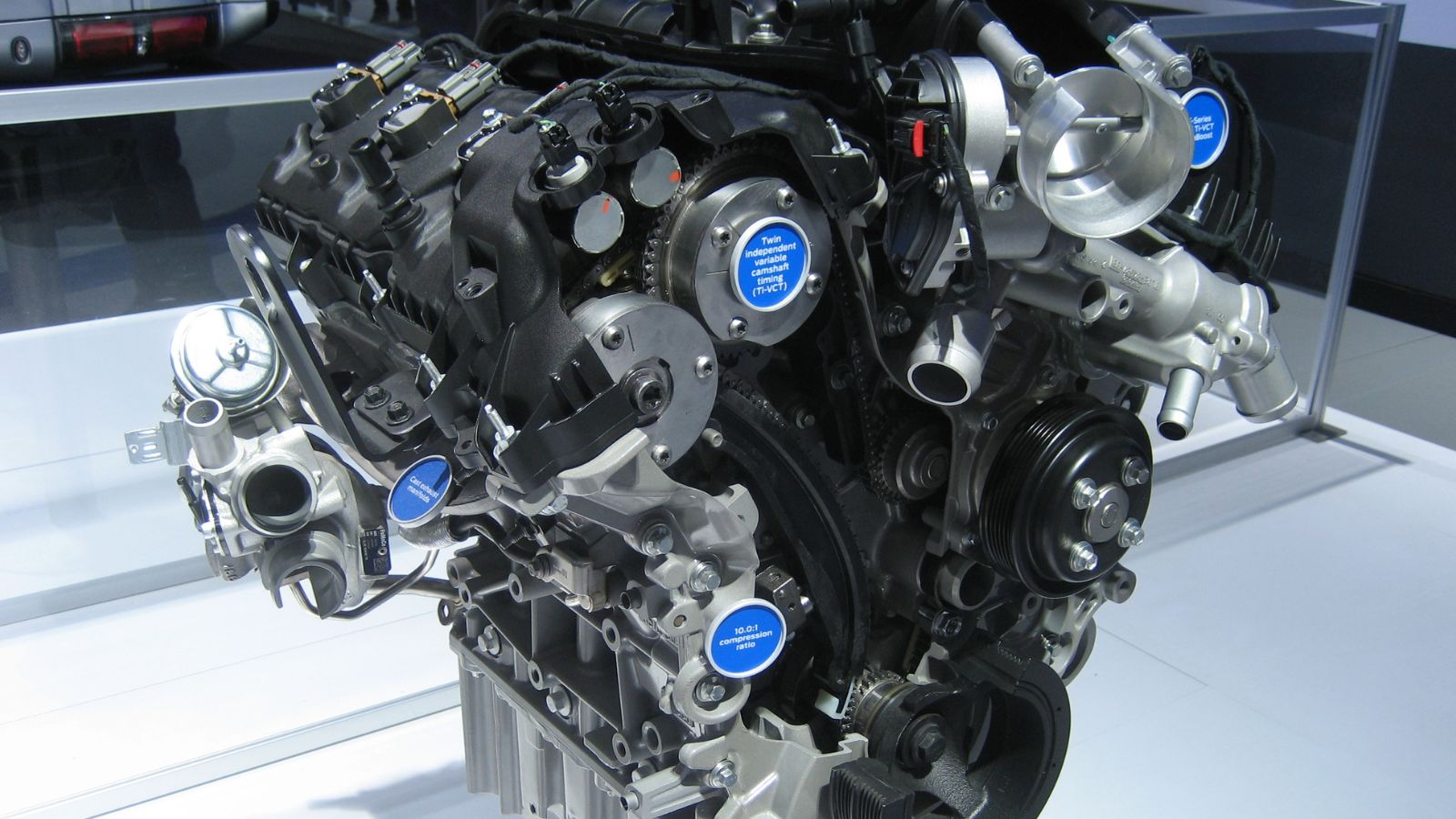
When Ford revealed that its reborn GT supercar would use a 3.5 liter twin turbo V6 instead of a V8, skeptics questioned the decision. The numbers quickly silenced critics. Producing 647 horsepower at launch in 2017, the EcoBoost V6 nearly doubled the LS1’s factory output. Its victory at the 2016 24 Hours of Le Mans proved it was not just about numbers but also about endurance and efficiency.
Acura NSX 3.5 Twin Turbo Hybrid

Honda’s second generation NSX, launched in 2016, paired a 3.5 liter twin turbocharged V6 with three electric motors. The V6 alone made more than 400 horsepower, while the total hybrid system produced 573. Compared to the LS1, the NSX’s six cylinder is smaller, lighter, and paired with hybrid tech that adds torque and responsiveness. It showed how far engineering had come since the LS1’s debut.
Alfa Romeo Giulia Quadrifoglio 2.9 Twin Turbo V6
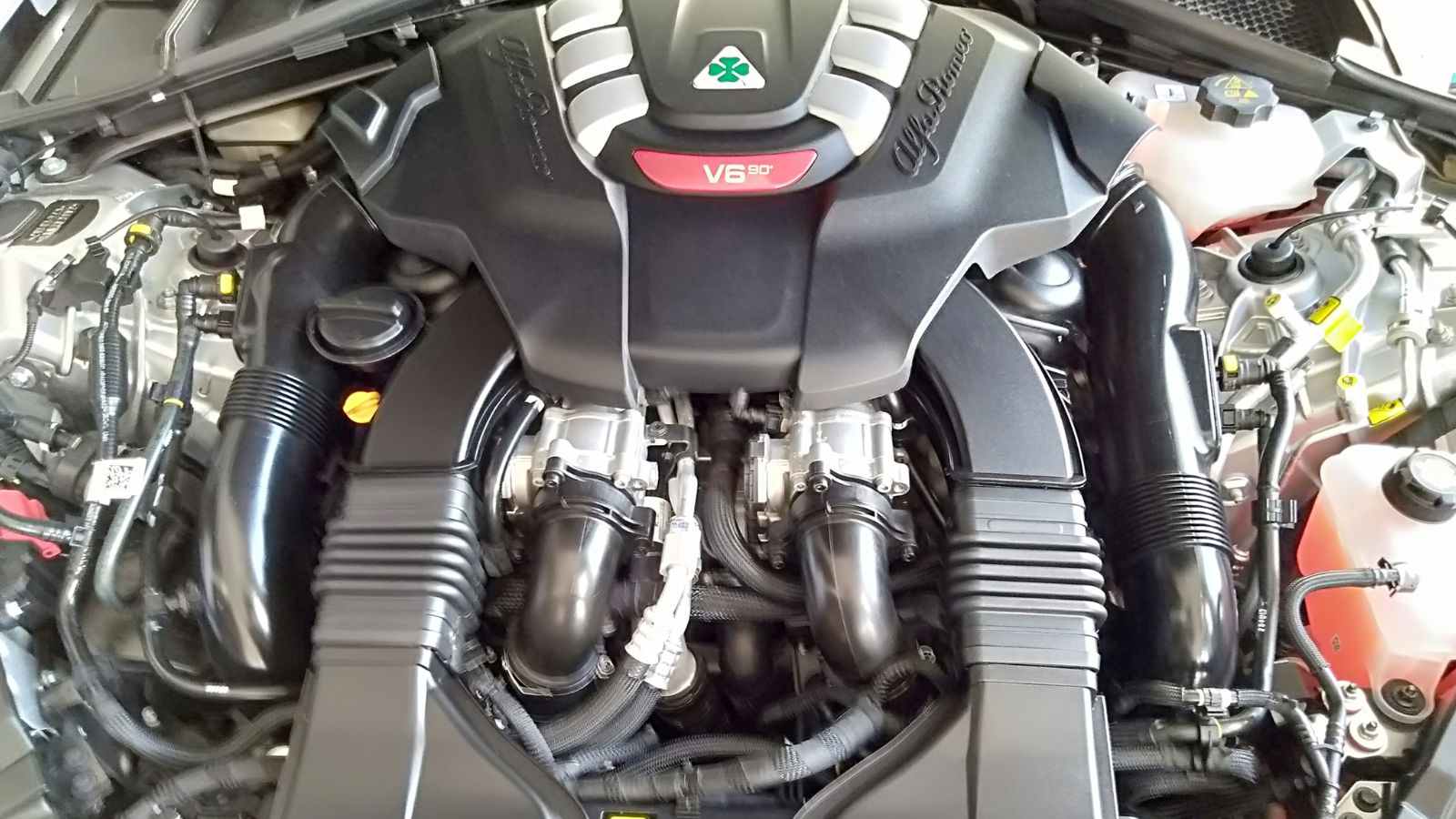
Introduced in 2016, the Alfa Romeo Giulia Quadrifoglio uses a Ferrari derived 2.9 liter twin turbocharged V6. With 505 horsepower, it outpaces the LS1 by more than 150 horsepower. The engine revs freely, produces an exotic soundtrack, and has made the Giulia one of the most acclaimed sports sedans of its era. It is a perfect example of a downsized but ferociously powerful modern six.
Porsche 911 Turbo 3.6 Flat Six

Although technically a flat six rather than a V6, Porsche’s 3.6 liter twin turbo Mezger based engine deserves a mention. Used in the 996 Turbo from 2000 and later in the 997 Turbo through the mid 2000s, it produced between 415 and 480 horsepower in stock form. These figures placed it far above the LS1. Known for its durability and tunability, this engine remains one of the most respected six cylinder powerplants in the performance world.
Mercedes AMG M276 3.0 Biturbo V6

Mercedes introduced the M276 twin turbocharged 3.0 liter V6 in the mid 2010s, and AMG versions like the C43 pushed output close to 400 horsepower. While smaller in displacement than the LS1 and with two fewer cylinders, it delivered smooth torque and modern efficiency while comfortably surpassing the output of GM’s small block V8.
Toyota GR Supra 3.0 BMW B58 Inline Six

The modern Toyota GR Supra launched in 2019 with BMW’s B58 inline six under the hood. In US spec, it produces 382 horsepower, easily outmuscling the LS1. Tuners have already extracted 500 to 600 horsepower from stock internal B58s with only minor upgrades, making it one of the most capable and reliable six cylinder engines on the market today.
Maserati Nettuno Based Twin Turbo V6
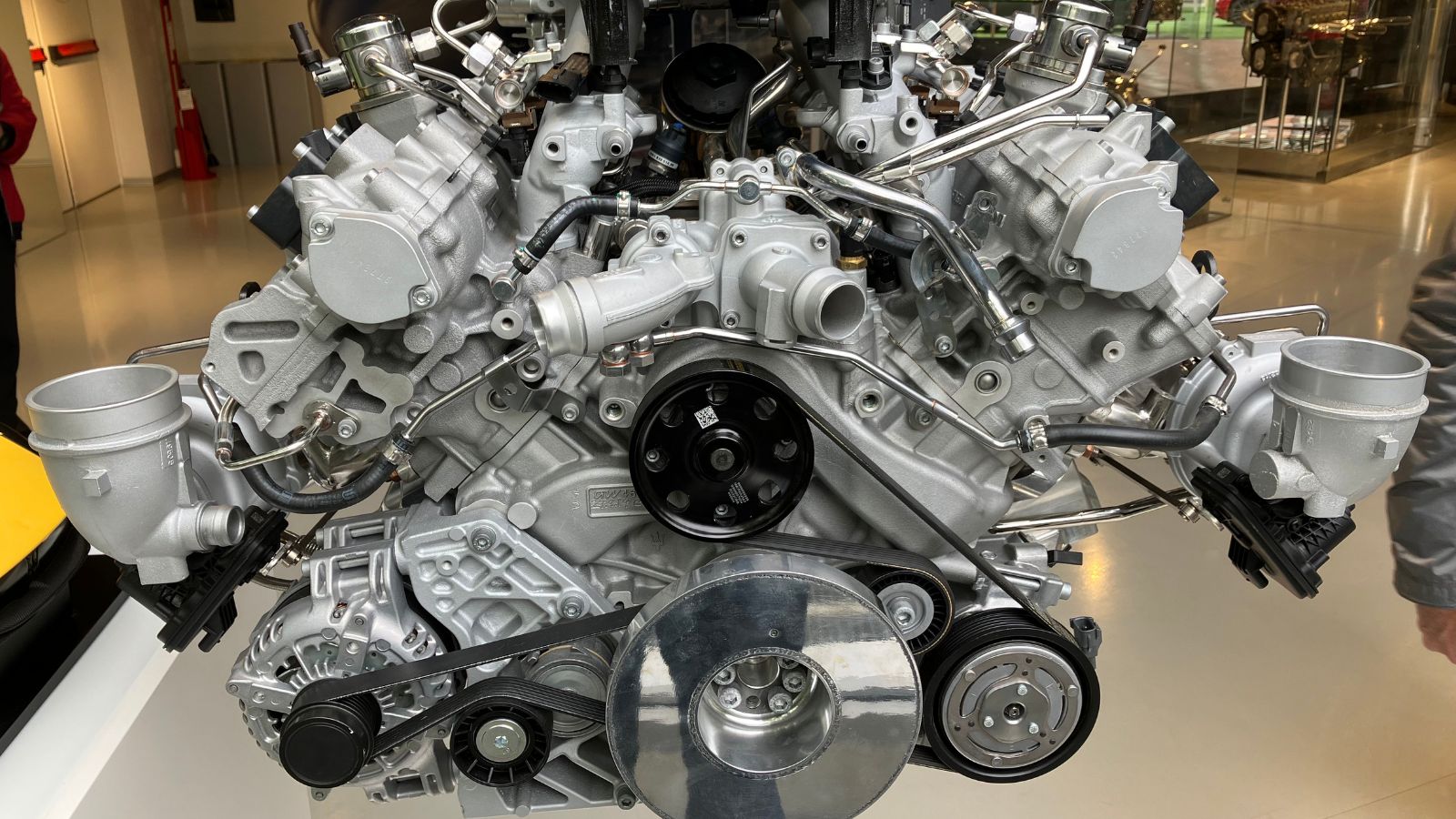
Maserati’s new 3.0 liter twin turbocharged V6, introduced in the MC20 supercar in 2020, shows just how far V6 technology has advanced. Producing 621 horsepower in its most extreme form, it dwarfs the LS1’s factory rating. Even in detuned form for the Ghibli and Levante Trofeo, it makes more than 500 horsepower. Compact, exotic, and powerful, it represents the modern evolution of the six cylinder engine.
25 Facts About Car Loans That Most Drivers Don’t Realize

Car loans are one of the most common ways people fund car purchases. Like any other kind of loan, car loans can have certain features that can be regarded as an advantage or a disadvantage to the borrower. Understanding all essential facts about car loans and how they work to ensure that you get the best deal for your financial situation is essential. Here are 25 shocking facts about car loans that most drivers don’t realize:
25 Facts About Car Loans That Most Drivers Don’t Realize
